Issue 01 / The Fluid Generation
Why it’s Time for Business to Look to the Octopus
Operationalizing Fluidity

Today, people want real change from brands. They want companies to match the rapid pace of culture with both material and aesthetic evolutions. The companies who want to succeed must be hyper-adaptive, interactive and progressive. To meet this need for newness they must be fluid.
But how can a company — inherently a structure — be fluid? On its face, it seems like the ideas are incongruent. If operationalizing is the act of running something in a repeatable and efficient way, how can you herd fluidity into a formula? How do you put improvisation into action?
Many of our models for operational structures take cues from the natural world. We look at humans and other vertebrates to show how rigid, strong structures work best and why. But our physical form is only half (or less) of the story. We do brilliant creative work with our minds, but our physical form often limits what our consciousness can actually realize.
But how can a company — inherently a structure — be fluid?
Unsurprisingly, that same behavior is reflected in companies — one part is able to conceive radical change, but it’s braked by the majority, which decides whether the thought is manifested into action. For a fluid model, we need to start someplace else.
What about organisms that aren’t built around rigid skeletons? Invertebrates.
What about ones that can change shape and adapt? Cephalopods.
What about cephalopods that are highly capable and operate with a high degree of intelligence? Octopuses.
In many cases, octopuses exemplify operationalized fluidity in the natural world; they’re adaptive, strong, efficient and always what they need to be in that exact moment. There’s much to still be learned about these awe-inspiring creatures, but we can take inspiration now to create our own fluid operation.
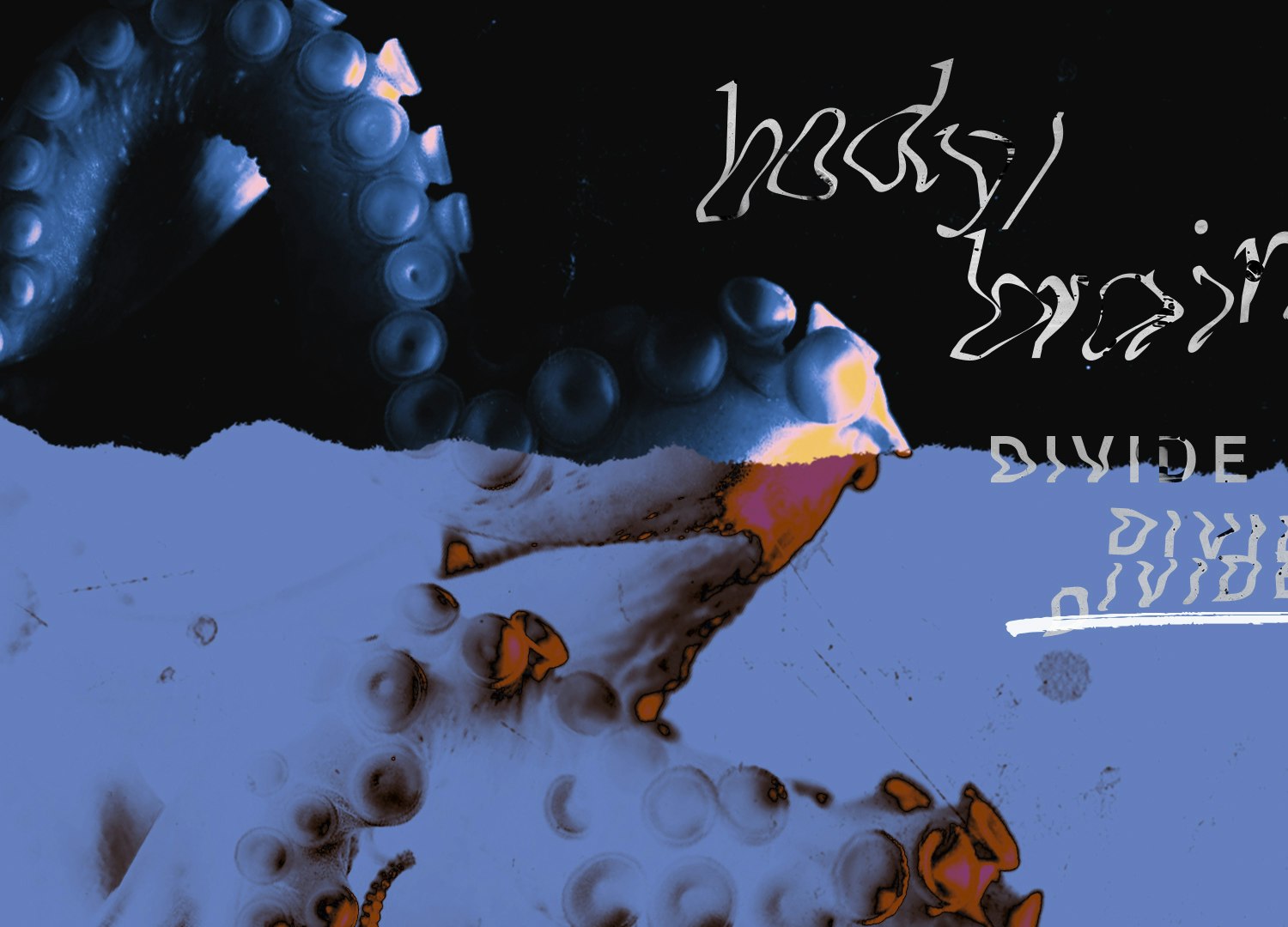
It has a body — but one that is protean, all possibility; it has none of the costs and gains of a constraining and action-guiding body. The octopus lives outside the usual body/brain divide.
- Dr. Peter Godfrey-Smith. Scientific American
What can I learn from the octopus?
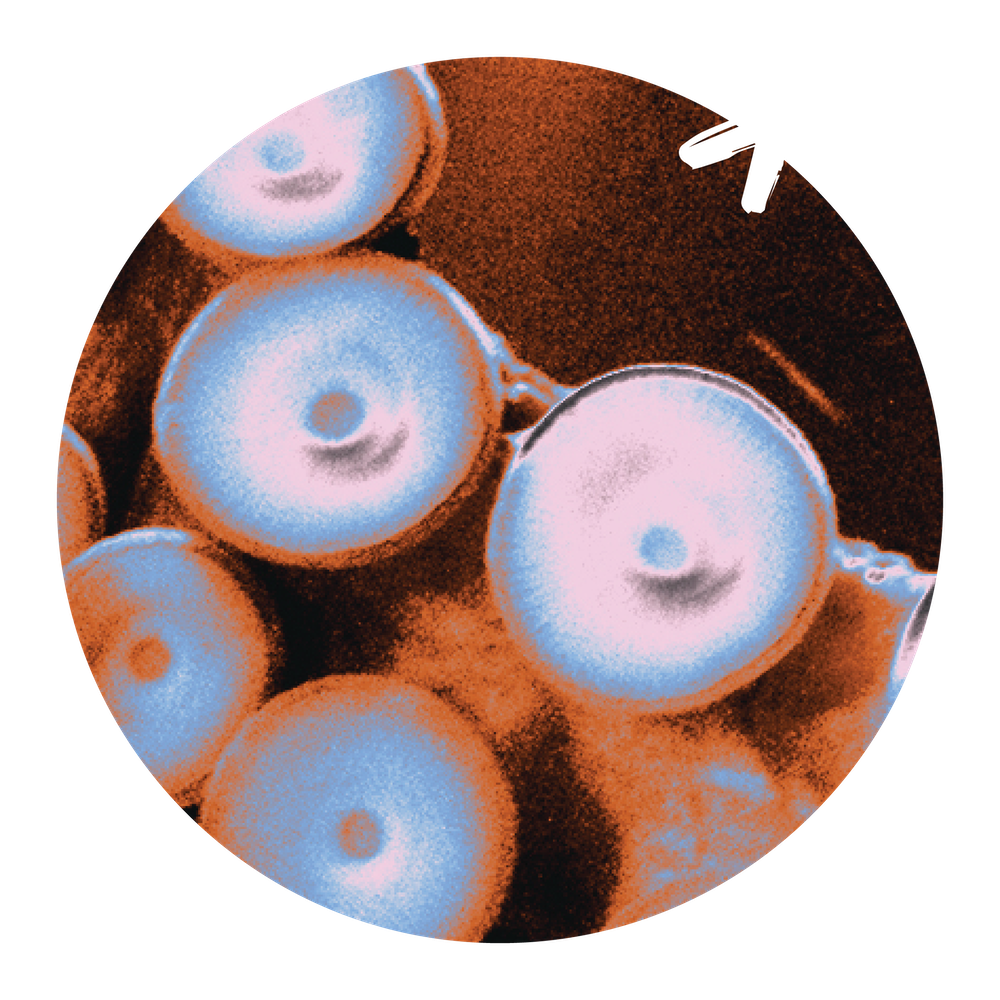
They are their brain
- “It is not clear where the brain itself begins and ends. The octopus is suffused with nervousness; the body is not a separate thing that is controlled by the brain or nervous system.” Scientific American.
- Put another way, there’s (likely) no obvious boundary between the physical and cognitive experience for octopuses
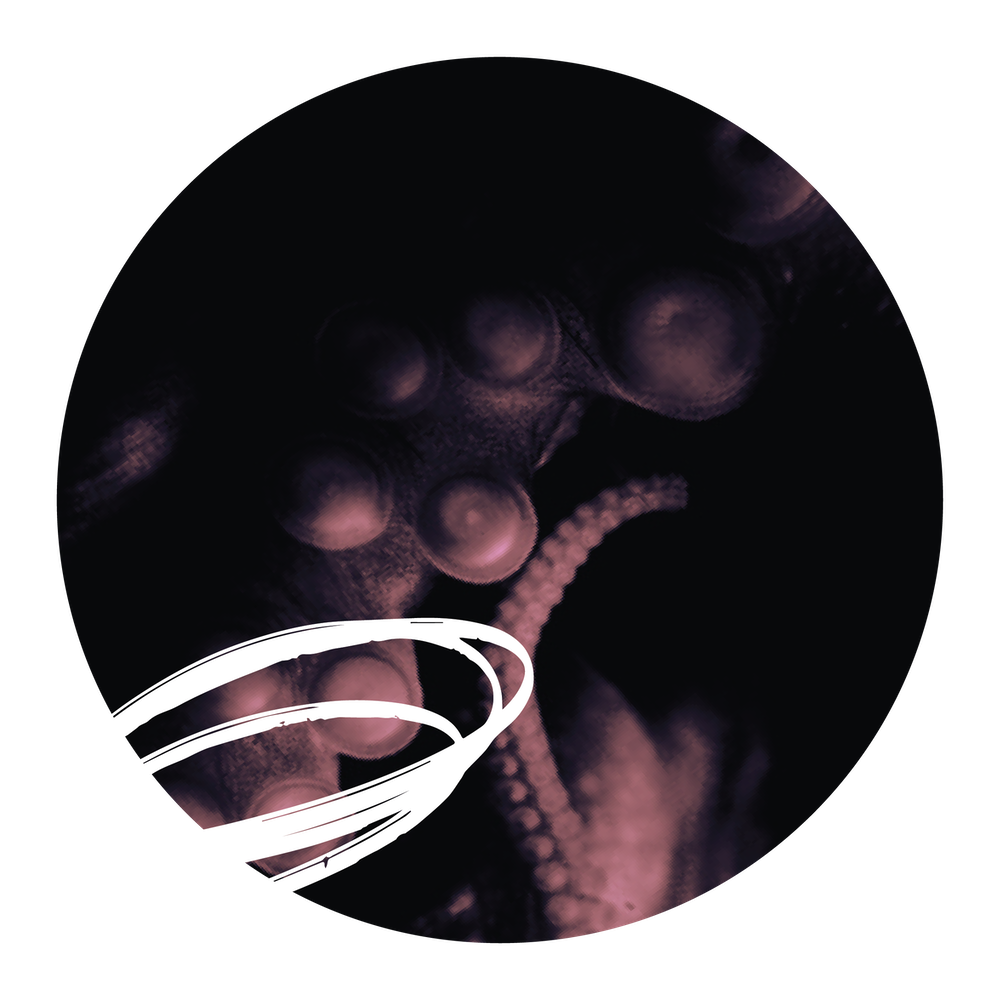
They are highly interactive with their environment
- Octopuses are constantly exploring, touching, tasting and playing with their arms
- They change size, color and shape to be most relevant in their environment
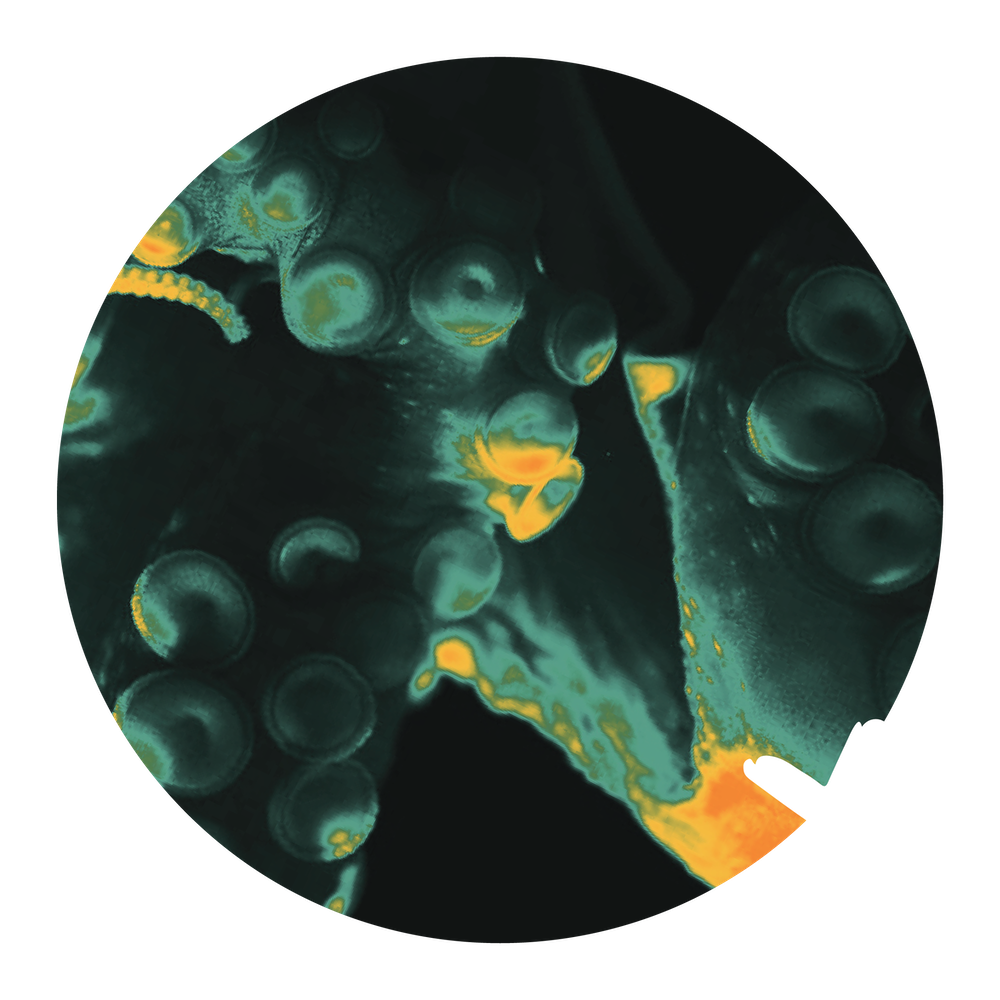
They learn quickly and try different ways to accomplish tasks that include their whole body
- Hyper-adaptive and incredible problem-solving capabilities used beyond survival basics
- Can use various tools, including their entire body, to accomplish a task
- They don’t rely on fixed responses to survive — they can invent new behaviors on the fly

They practice a mixture of localized and top-down control
- Famously, each arm is “independent” — it doesn’t need the central brain in order to make decisions or complete tasks
- Each arm has its own “mind,” but they can also work with and complete tasks for the central brain

They are experts in transferring knowledge
- Each arm shares knowledge with both the central brain — and the rest of the arms
- Vast majority of their neurons concentrated at the front of the arms, not deep within in the central brain

Death and regrowth is normal
- Can lose and gain new appendages without hurting the overall body
- Their lifespan is relatively short

Cool. So what does that look like more specifically? And what does this mean for operational effectiveness?
The company is the employees
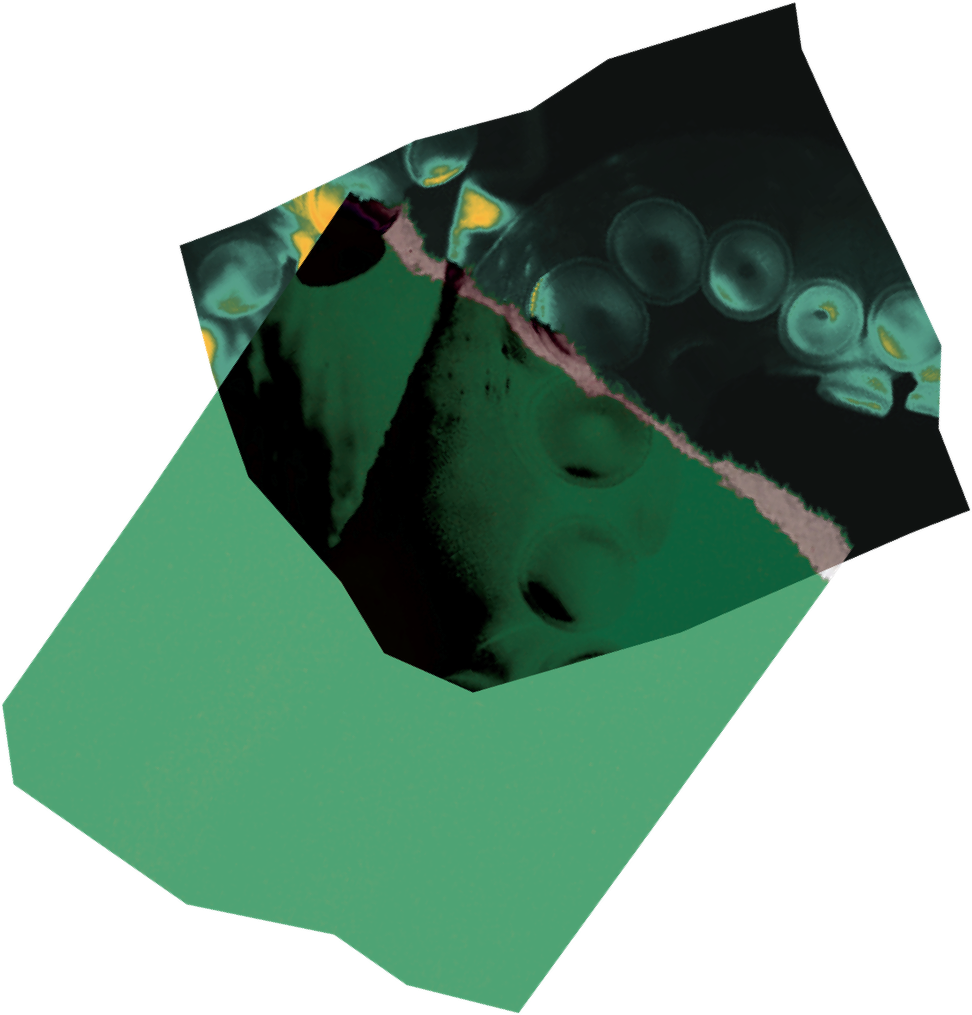
The company is the employees
The fluid company is the ambition and progress of the employees. There is a fluid, dynamic and equitable relationship between employees in order to be as adaptable to the environment as possible. Employees can provide specific services, but they must all be on the same playing field and share the same larger ambition. There can’t be a decision-making body that controls everything and then relays to order-takers.
This also is a shift in thinking from “efficiency can only be derived from everyone having discrete tasks and a unified process” to “efficiency is gained by collectively getting further, faster.” In fluid companies, the goal is to get everyone progressing towards the same destination at the same pace but not necessarily using the exact same path.
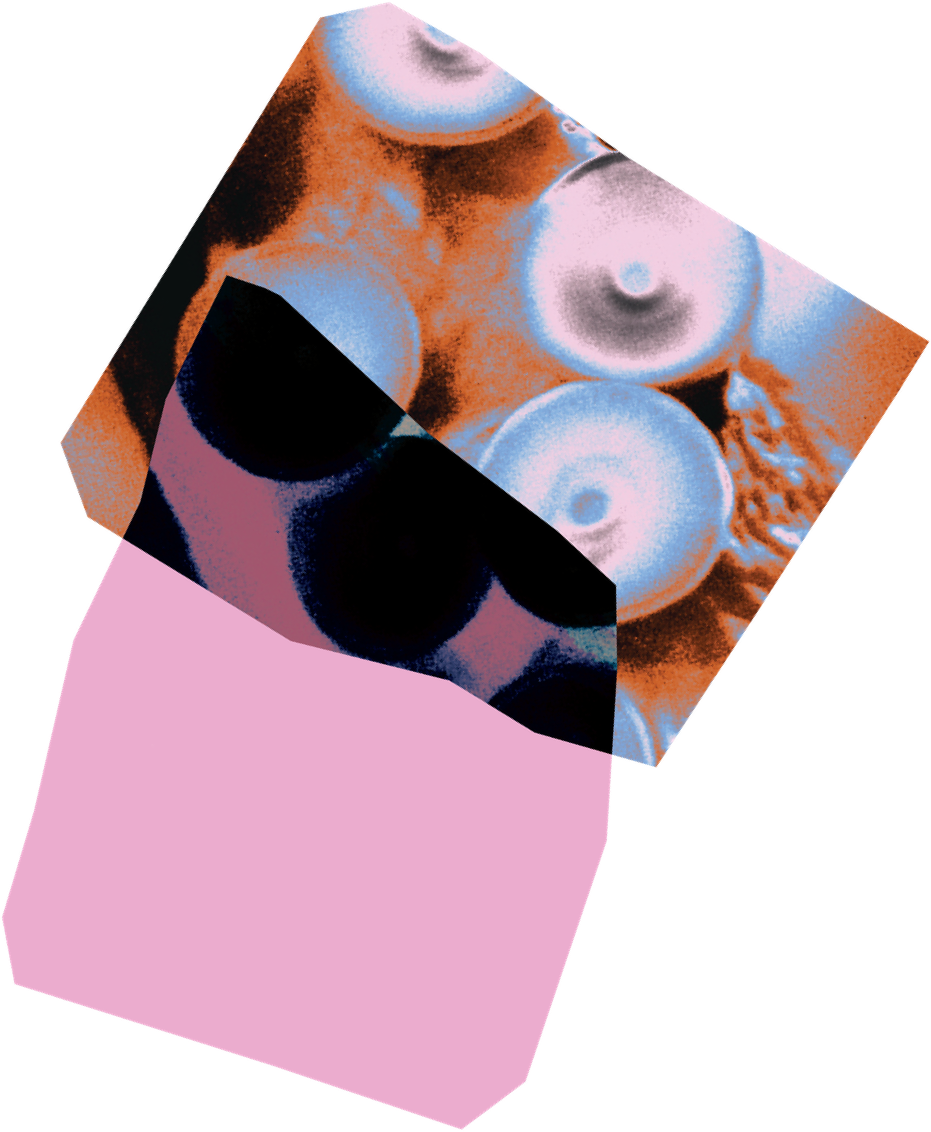
Always interact with your environment
The fluid company is constantly trying to adapt, change and be more relevant within culture. Since the company is its employees, their individual and collective creativity — both in approach and output — is a must. They must be responsible for constantly interacting with their environment and deciding how to solve the problem at hand in that context. By virtue of constantly interacting with culture, there will be new inputs and changing contexts that force experimentation in approach.
However, creating positive feedback loops for experimentation will ensure there is not a regression to standardized processes. For fluid companies, this variation is integral for survival and therefore should be prioritized in workflows and incentives.
To be clear, the goal isn’t chaos, random outputs or new and different for new and different’s sake. It’s all in service of accomplishing a goal. And the set of approaches, tools and expertises that are combined need to be applicable and properly deployed in a given environment.

Building capabilities, not skills
In order to practice variation in problem-solving, employees must be able to, well, solve problems. This is not a hard skill or innate ability, but a capability. Capabilities like inventiveness, creativity, adaptivity and anticipation are necessary for the fluid organization.
Capabilities are tools to solve many different problems in many different ways, versus specifics skills applied to specific problems. The development and honing of them is a lifelong endeavor. They must be learned, practiced and built on over time. While they need investment and upkeep, they’ll pay you back tenfold and are far more efficient in the long run than learning situationally specific skills. And the combination of these capabilities to solve a given problem will result in more fluid and variated solutions.

Transferring knowledge
The cross-company sharing of these solutions and associated knowledge will massively strengthen everyone. What someone learns in any given situation must be shared with the rest of the fluid organization to maximize efficiency.
In smaller fluid organizations, knowledge can be shared relatively easily. In larger ones, a place where knowledge can be added to and then accessed is key. By centralizing the knowledge of employees — both expertises and approaches — there will be an intellectual property brain that anyone in the company can interact with, access and use. Employees can use the pieces they need and employ them in a relevant way to the context at hand.
Furthermore, the goal is not to just create a snapshot of collective knowledge at a moment in time, but rather create a living organism that is constantly adding new knowledge, updating old knowledge and shedding what is no longer useful. In order to build this into the workflow, this would be maintained by the entire organization, not just a singular keeper.
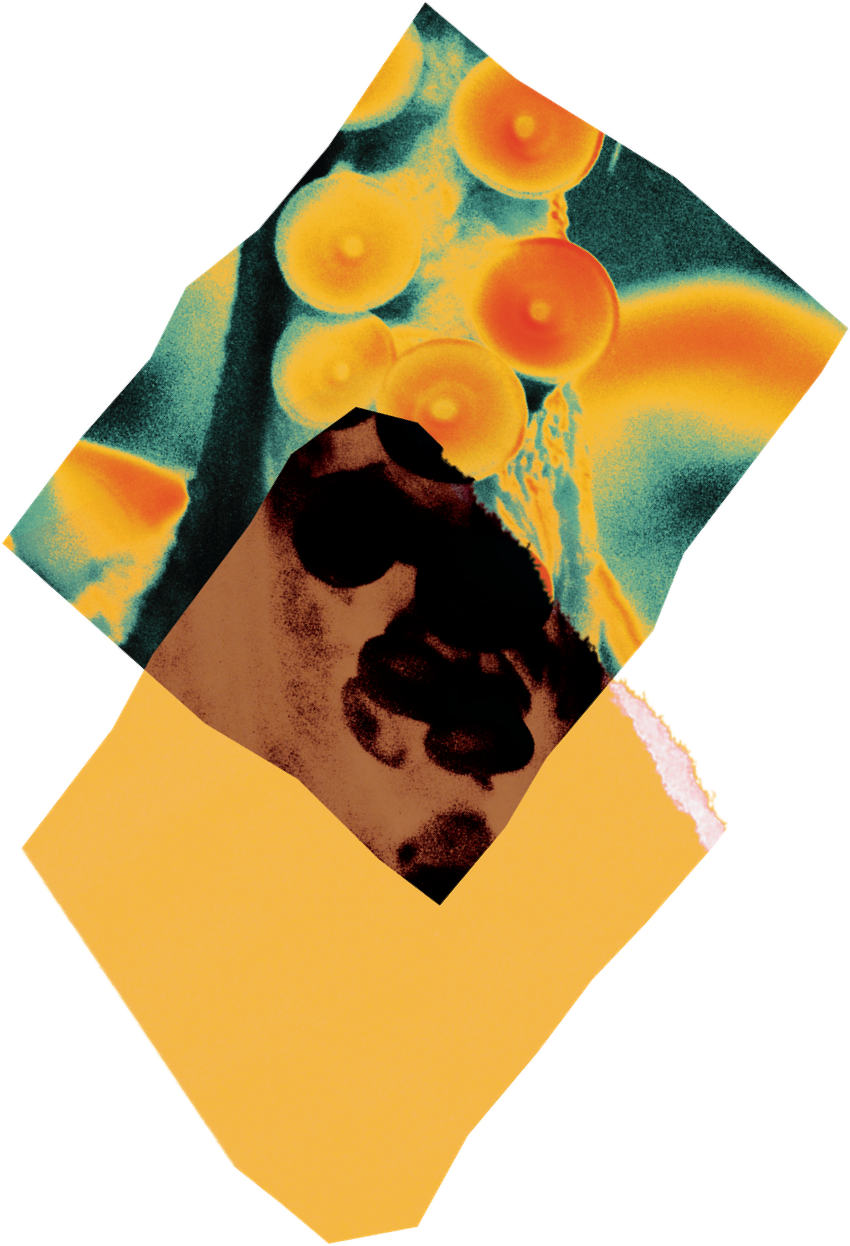
Faster progress, shorter lifespan
All of the activities of a fluid company are happening at a rapid pace — a constant dialogue with culture demands such frenzied activity. This means the company will be efficient by making more progress in a shorter amount of time. Employees are not managing each other; they’re making progress on their trajectory. Observing, assessing, creating, deploying and optimizing in any given context in order achieve a tangible goal demands a lot energy. It means shedding what is no longer relevant and useful. This speed is key and efficient, but it’s not sustainable. The fluid organization will die in its current form, but because it’s constantly changing, growing, entering new spaces and becoming something new.
The Formed Company

- Employees are in service of the company
- Develop skills
- Mirror culture
- Efficiency derived from perfected consistency
- Structured, hierarchical
- Maximizes category market share
- Consistent identity, minimal updates
- Goal is to continue to exist
- Company death results in company end
The Fluid Company

- Employees are the company
- Develop capabilities
- Interact with culture
- Efficiency derived from velocity
- Flat, autonomous
- Creates new categories
- Changing identity (brand and vision)
- Goal is to accomplish vision
- Company death results in new goal, new brand
TLDR —
Octopuses rule
In a fluid company, efficiency is derived from a state of rapid progress, not perfected consistency. This will likely result in the company changing its identity and infrastructure to support new identities, enter new verticals and create new categories.
Contributors
In collaboration with
- Francine Thompson
Want to know more about how Zeus Jones can solve your toughest problems?